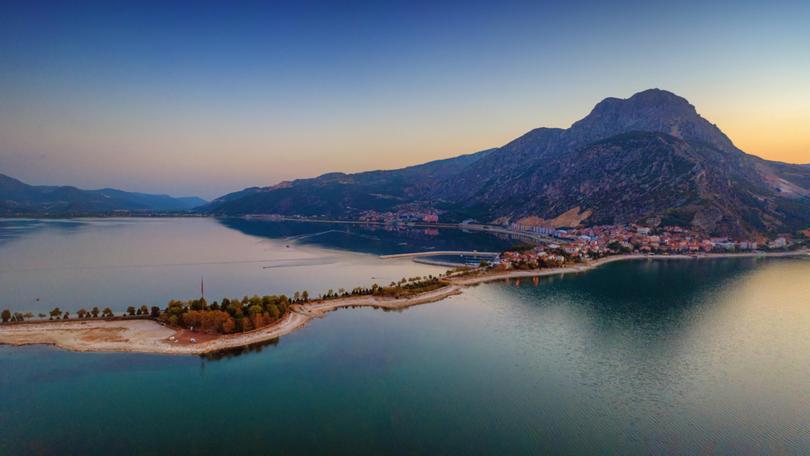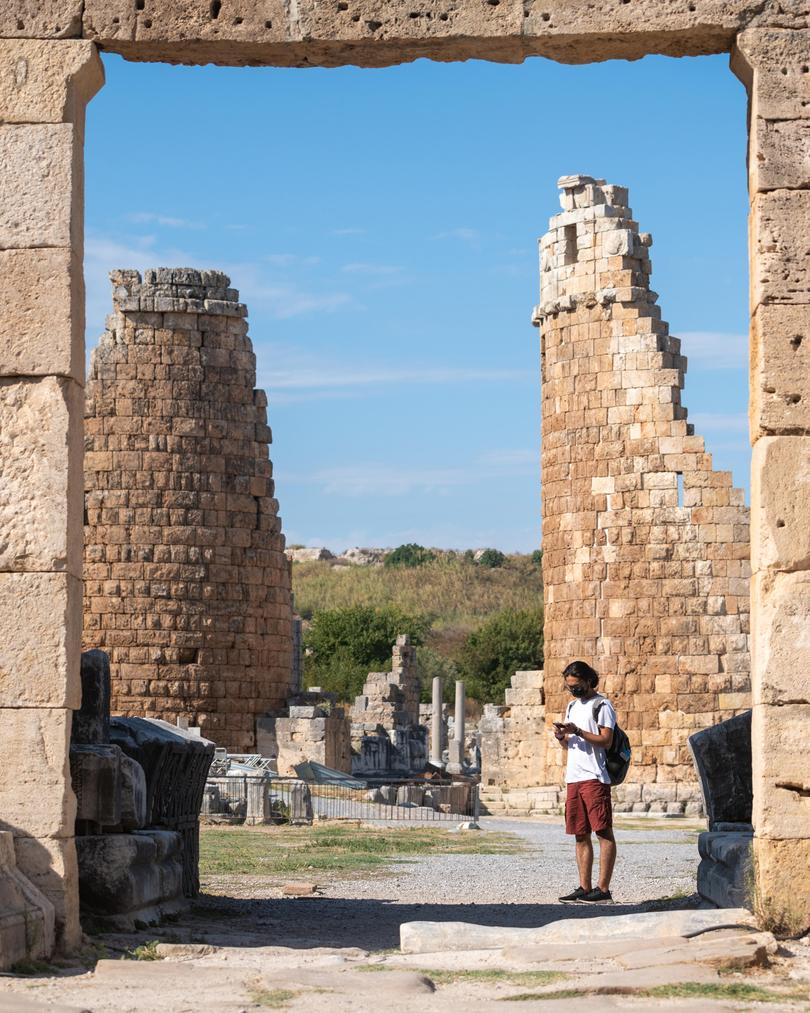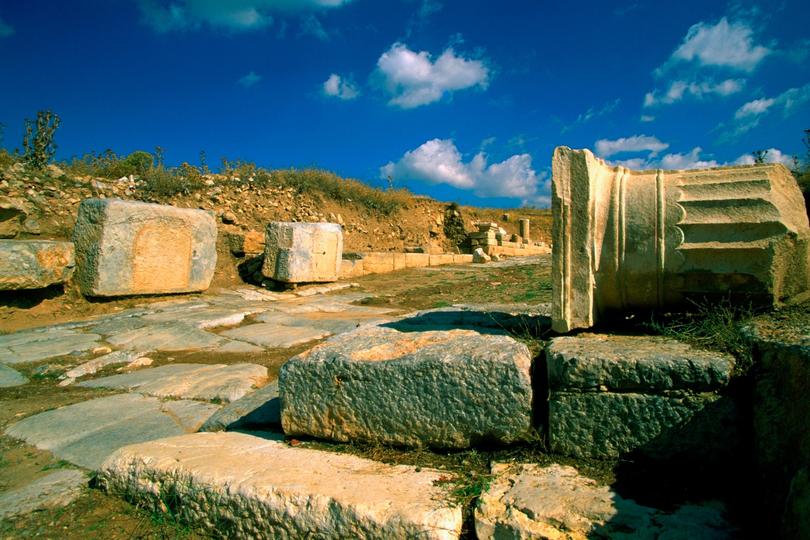Turkey travel: Take the lesser-known St Paul Trail by foot through the Turkish countryside

Some travellers are increasingly looking for more purpose to their journeys.
More traction. More connection. More resonance.
The modern pilgrimage walk offers not only that but also the echo of being the original walking holiday.
Pilgrimage trails in Europe have become increasingly busy (and shared with cyclists, and sometimes donkeys and horses).
ROAM. Landing in your inbox weekly.
A digital-first travel magazine. Premium itineraries and adventures, practical information and exclusive offers for the discerning traveller.
By continuing you agree to our Terms and Privacy Policy.In 2023 on the Camino de Santiago trail, nearly 450,000 pilgrims registered their arrival in Santiago — and the total number of people who walked the trail is much higher than that.
Most follow the Camino Frances from Saint-Jean-Pied-de-Port in the foothills of the French Pyrenees to Santiago de Compostela in north-west Spain.
That’s the most popular route on this network of trails.
But the Camino isn’t the only popular pilgrimage walk in Europe.
In Italy, there’s the St Francis Way from Assissi to Spoleta and the Via Francigena from Siena to Viterbo. There’s the French Way of St James. In England, there’s the Pilgrim’s Way from Winchester to Canterbury.
In Turkey, there’s the lesser-known St Paul Trail.
ST PAUL
It was St Paul who was largely responsible for spreading Christianity to Western Europe. He took the message far and wide, interpreting the teachings of Jesus.
He added new thoughts and instructions for worship, sometimes partly changing the message, (particularly regarding women).
Some religious scholars believe without St Paul, Christianity may have died out when the Jewish rebellion of AD66 was crushed and Jerusalem burned. Paul helped shape the world as we see it today.

THE TRAIL
The St Paul Trail is a 500km, marked footpath which follows Roman roads, footpaths and forest tracks. It is very different from Turkey’s Lycian Way, which passes through lots of places that are popular with tourists.
The St Paul Trail is almost entirely through the Turkish countryside.
From Perge, 10km east of Antalya, to Yalvac, north-east of Lake Egirdir, this full trail is recommended as a 27-day pilgrimage.
But there is a second branch of the trail, which starts at Beskonak, 80km north-east of Antalya (at the entrance to Koprulu Kanyon National Park). It joins the main route at the Roman site of Adada.
While the official tour starts at sea level and climbs to 2200m (with optional peaks at around 2800m), it may, of course, be easier for some to walk downhill.
The walk cuts through the country Paul walked on his first journey through Asia Minor.

PRACTICAL
Let’s get down to some practicalities.
+ The recommended starting point at Perge is near Antalya airport. The end at Yalvac is close to Egirdir, which is a major transport and accommodation hub.
+ The walking is best in the northern hemisphere spring and autumn. July and August can be very hot.
+ There is accommodation in village houses and small pensions — but those planning to walk the whole route will have to camp on longer sections, and there are lots of good spots to do that.
+ Beskonak, Egirdir and Yalvac have plenty of accommodation, but in smaller villages it is sometimes still possible to find places to stay.
+ In Antalya, start looking with atelyahotel.com and sabahpension.com.
+ In Egirdir, try starting with lalehostel.com (which also has tent hire).
+ For accommodation in Yalvac, try psidiaotel.com.
TOURS
St Paul Trail self-guided tours will organise pretty much everything for walkers in one “package”.
Unaccompanied treks from village to village include airport transfers, baggage transfers, route notes and accommodation bookings.
Some treks start from the shores of Lake Egirdir and take pilgrims through the Taurus mountains to Perge. It gives an insight into the simple, rural life in villages with stone and timber homes, and a lot of the overnight accommodation is in village houses.
Villagers make cheese and yoghurt, and produce handicrafts.
Some itineraries include time in the old Roman-built city of Selge.
Others include Sagalassos and the summit of Mt Sivri, which is a landmark along the route.
fact file
More information and planning at cultureroutesinturkey.com
